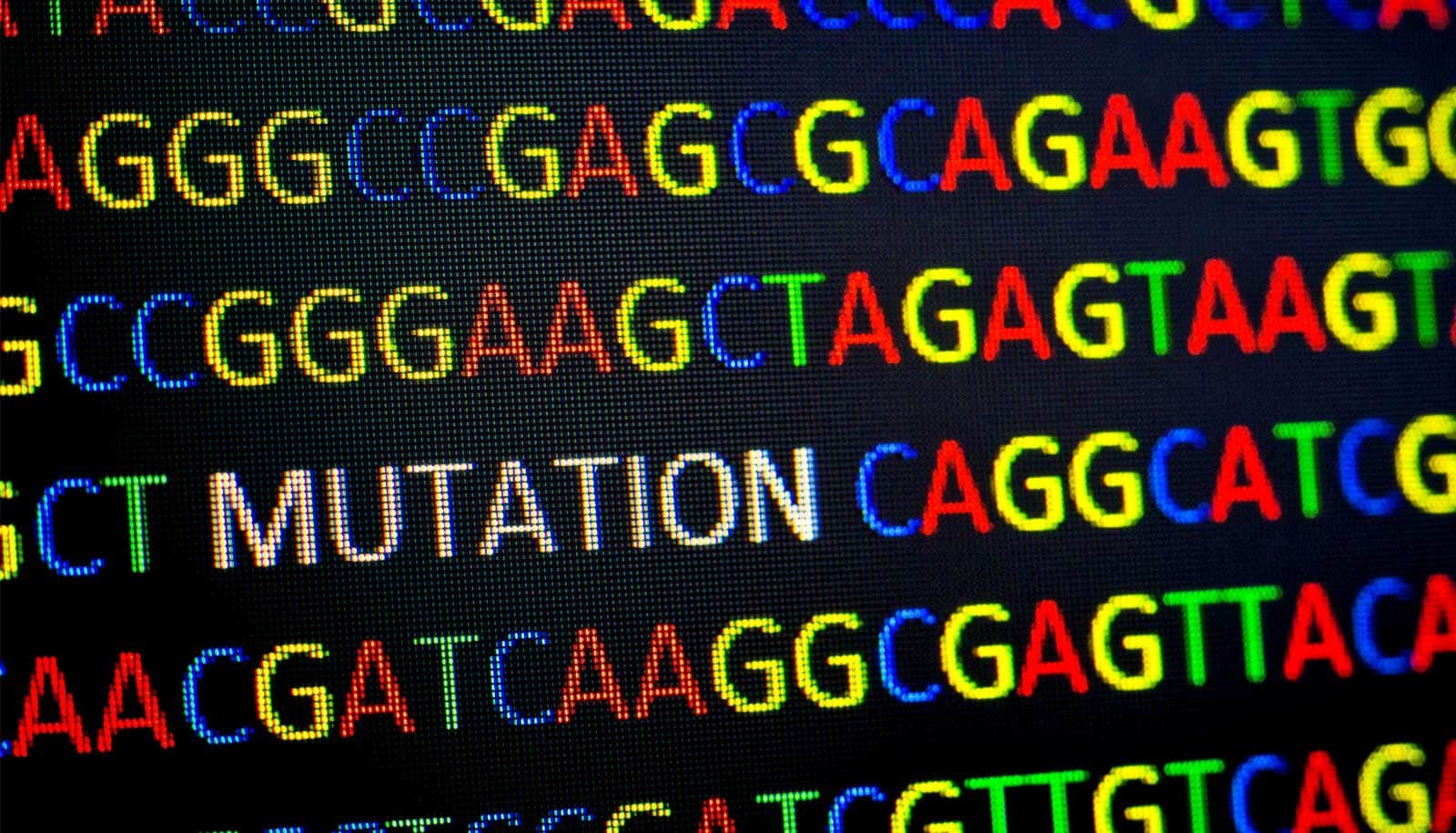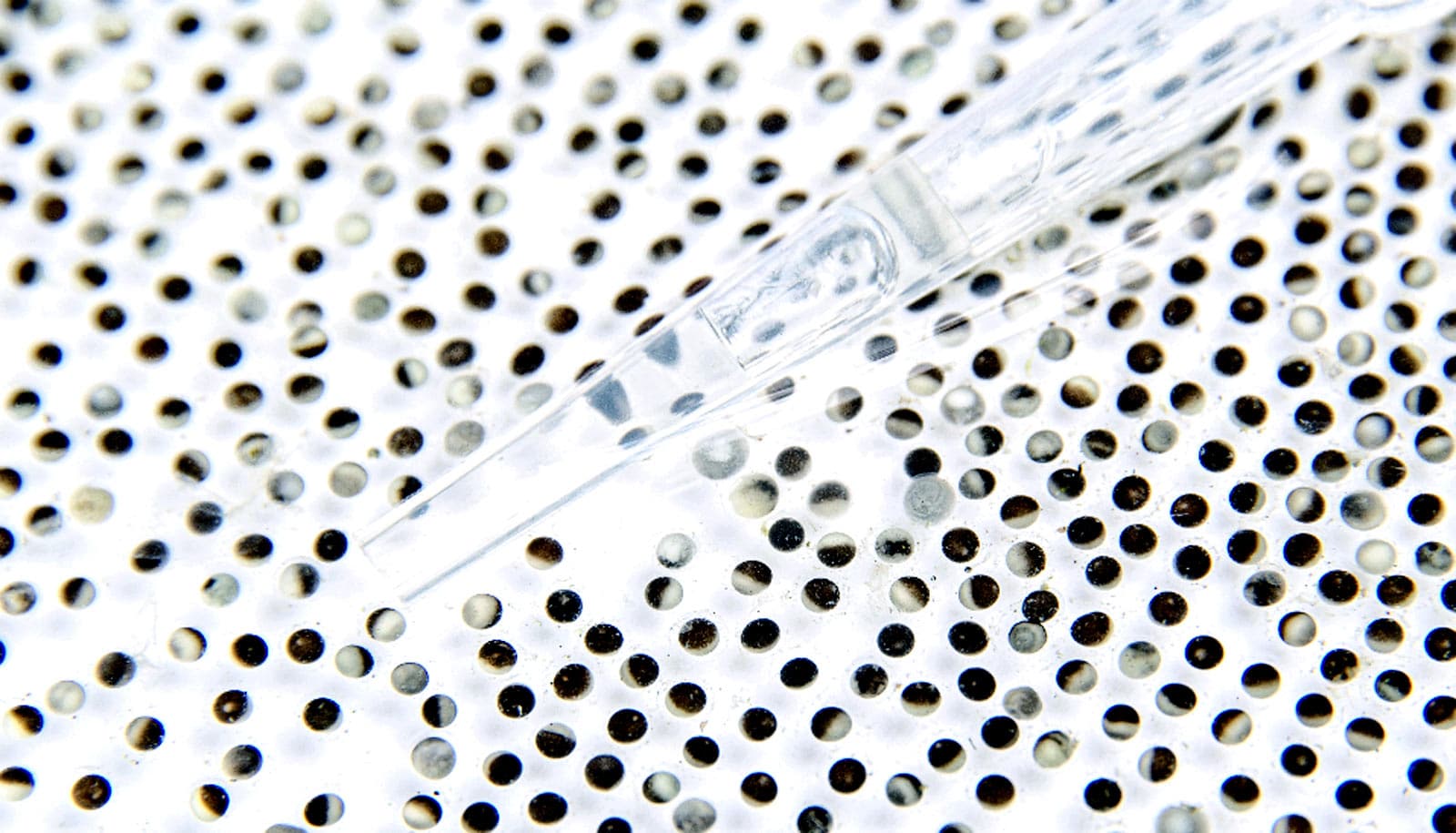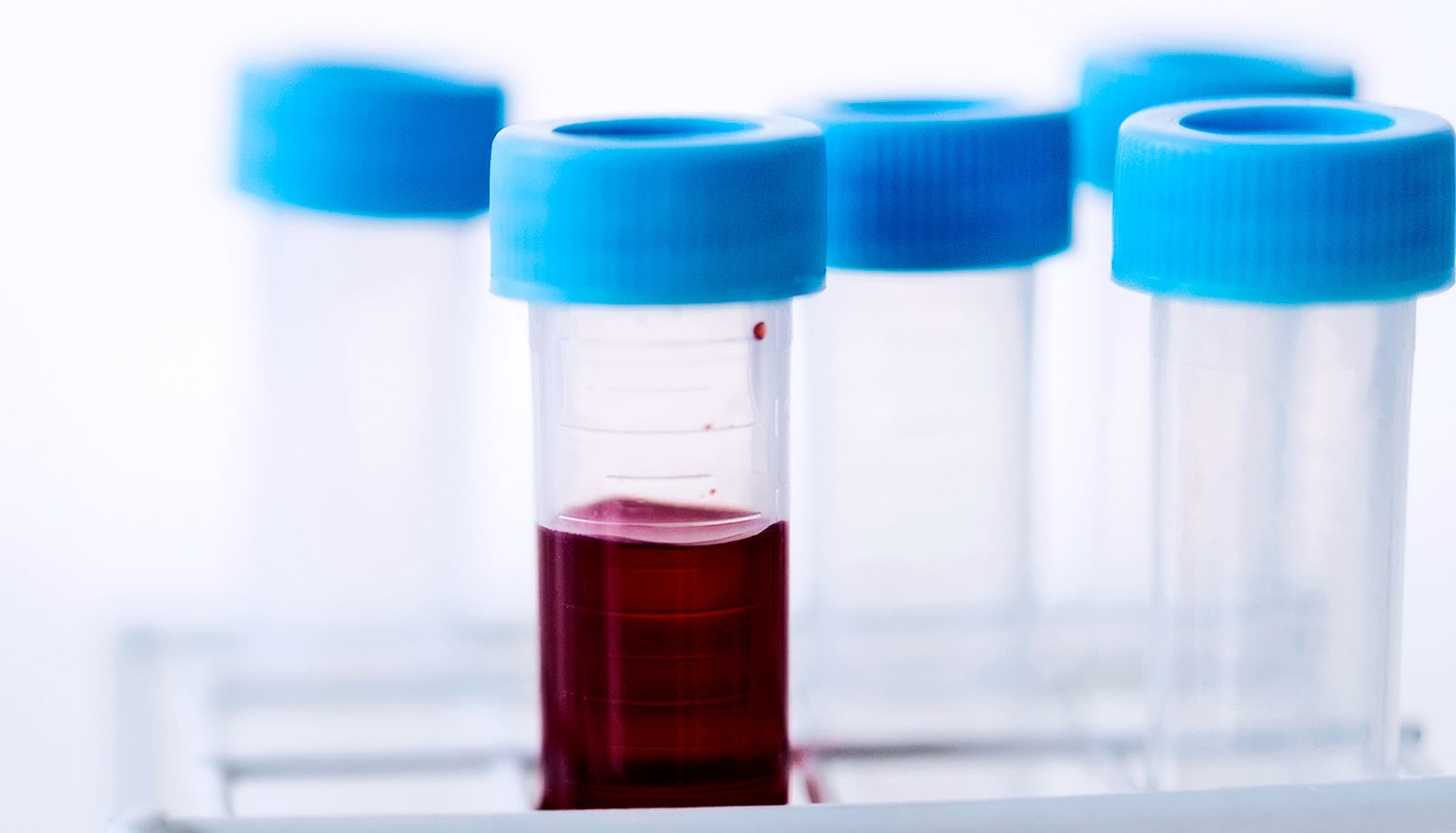For serious DNA damage, our cells have two basic repair systems, but only one of them is flawless, researchers report.
Damage to human DNA can cause unstable genetic material and play a role in the development of cancer, so researchers are looking to the cells’ own protection against DNA mutations. Among other things, cells protect against these mutations by quickly and correctly repairing DNA damage to avoid tumor development.
The new research indicates that if the better, flawless repair system is out of order, there is increased risk of developing cancer following from the DNA damage our cells face constantly.
“We have discovered how the cell launches the flawless system for serious DNA damage repair and thus protects against cancer. This is done using a protein you could call a ‘scanner,’ which scans the histones in the cell and on that basis launches the repair process,” says Anja Groth, a professor from the Biotech Research & Innovation Centre at the University of Copenhagen.
According to the researchers, the problem with the two repair systems is that one is much easier and faster for the cell to launch than the other, and therefore it uses the former more often. However, the faster system does not work as well as the other. It merely ‘glues’ two cut DNA strings back together.
“You can imagine that the one repair system somewhat awkwardly tries to glue two DNA strings together, while the other system produces a 3D-printed copy resembling the DNA before damage completely. The first system produces far more errors than the latter, and therefore the latter provides far better protection against tumor development,” Groth explains.
The protein that acts like a scanner is called BARD1, and the researchers have known for a long time that it works like a so-called tumor suppressor. However, this is the first discovery of BARD1’s scanning function, which tells the BRCA1 protein and the cell that the flawless repair system is ready for launch. If possible, the cell then launches the BRCA1 function that plays its vital role in cancer protection.
The flawless repair method is also known as a homologous recombination. For part of its lifetime, the cell contains two identical DNA strings, as it is getting ready to split. This means that the cell actually holds the solution to its own damage.
“You can say that BARD1 tells the cell that the flawless system can be launched, because BARD determines whether there are signs that the cell contains two identical DNA strings. If so, the ‘flawed’ repair system is blocked, while the flawless system is launched,” Groth concludes.
In connection with this and other discoveries, the researchers have founded the company Ankrin Therapeutics, which seeks to use DNA repair mechanisms to develop new targeted cancer treatment.
The research appears in the journal Nature Cell Biology. Funding for the study came from the Danish Cancer Society, the Novo Nordisk Foundation, the Lundbeck Foundation, the ERC, the Independent Research Fund Denmark, and the NEYE Foundation.
Source: University of Copenhagen



